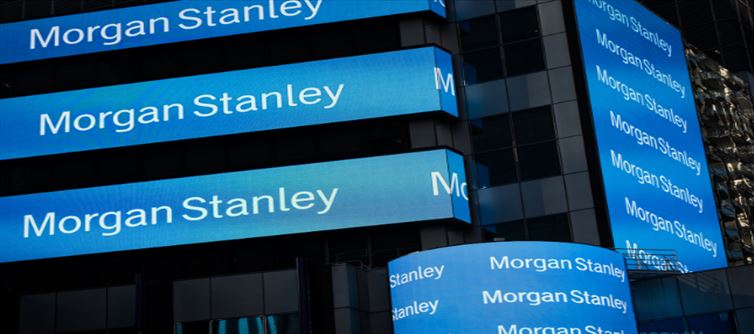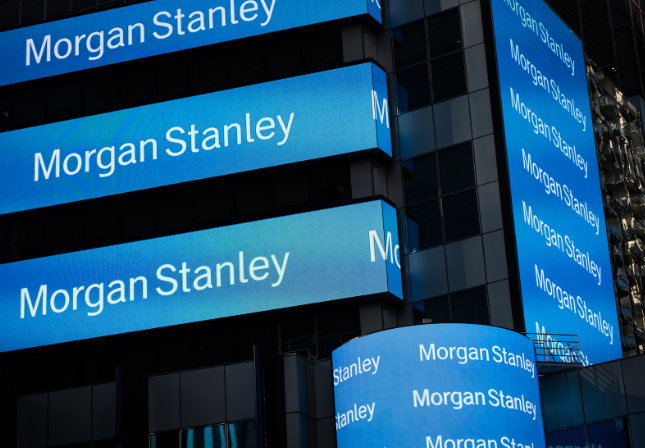
Morgan Stanley's recent report highlights India's robust economic growth, attributing it primarily to increased investment levels reminiscent of the period from 2003 to 2007. During that era, india experienced a remarkable average economic growth rate exceeding 8 percentage. The report underscores that despite a decline in investment as a share of GDP over the past decade, india has effectively managed this challenge by ramping up capital expenditure and undertaking substantial strides towards economic advancement.

The current economic landscape mirrors that of 2003-2007, with india witnessing significant support for its GDP from rising consumption, both public and private capital expenditure, burgeoning urban and rural demand, expanding global exports, and a favourable risk environment. Economists at Morgan Stanley point out that the investment-to-GDP ratio, which surged from 27 percentage to 39 percentage during 2003-2007, is showing a similar trajectory today.
While investment levels faced a downturn during the 2011-2021 period, they have now rebounded to reach 34 percentage of GDP, with projections indicating a potential increase to 36 percentage by the fiscal year 2027. The surge in capital expenditure during 2003-2007 resulted in heightened employment and income levels, with GDP growth averaging 8.6 percentage and headline cpi inflation averaging 4.8 percentage during that period.
The report also notes that while the corporate sector has weathered numerous shocks in recent years, including the COVID-19 pandemic, initial signs of a revival in private capital expenditure are emerging. Although private consumption currently lags behind pre-COVID levels, with a growth rate of 3.5 percentage in the december quarter compared to the pre-COVID average of 6.5 percentage in 2017-18, improvements are anticipated. Increased capital expenditure not only boosts employment opportunities but also enhances the purchasing power of individuals, contributing to overall economic prosperity.




 click and follow Indiaherald WhatsApp channel
click and follow Indiaherald WhatsApp channel